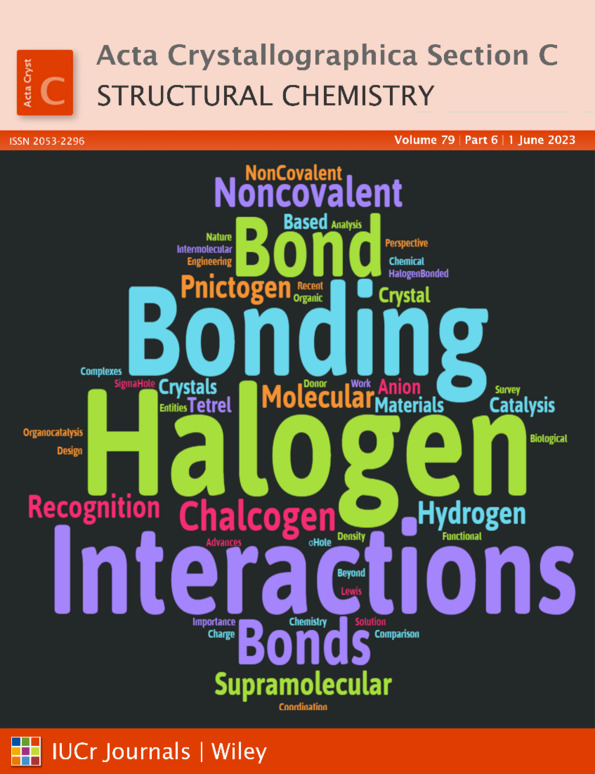Preparation, spectroscopic, X-ray crystallographic, DFT, antimicrobial and ADMET studies of N-[(4-flourophenyl)sulfanyl]phthalimide
Abstract
N-[(4-Fluorophenyl)sulfanyl]phthalimide (C14H8FNO2S, FP) was synthesized and characterized using X-ray crystallography. It was then investigated via quantum chemical analysis using the density functional theory (DFT) approach, as well as spectrochemically using FT–IR and 1H and 13C NMR spectroscopy, and elemental analysis. The observed and stimulated spectra are in very good agreement for the DFT method. The in vitro antimicrobial activity of FP against three Gram-positive bacteria, three Gram-negative bacteria and two fungi were determined using the serial dilution method, and FP showed the highest antibacterial activity against E. coli, with a MIC of 128 µg ml−1. Druglikeness, ADME (absorption, distribution, metabolism and excretion) and toxicology studies were carried out to theoretically examine the drug properties of FP.




